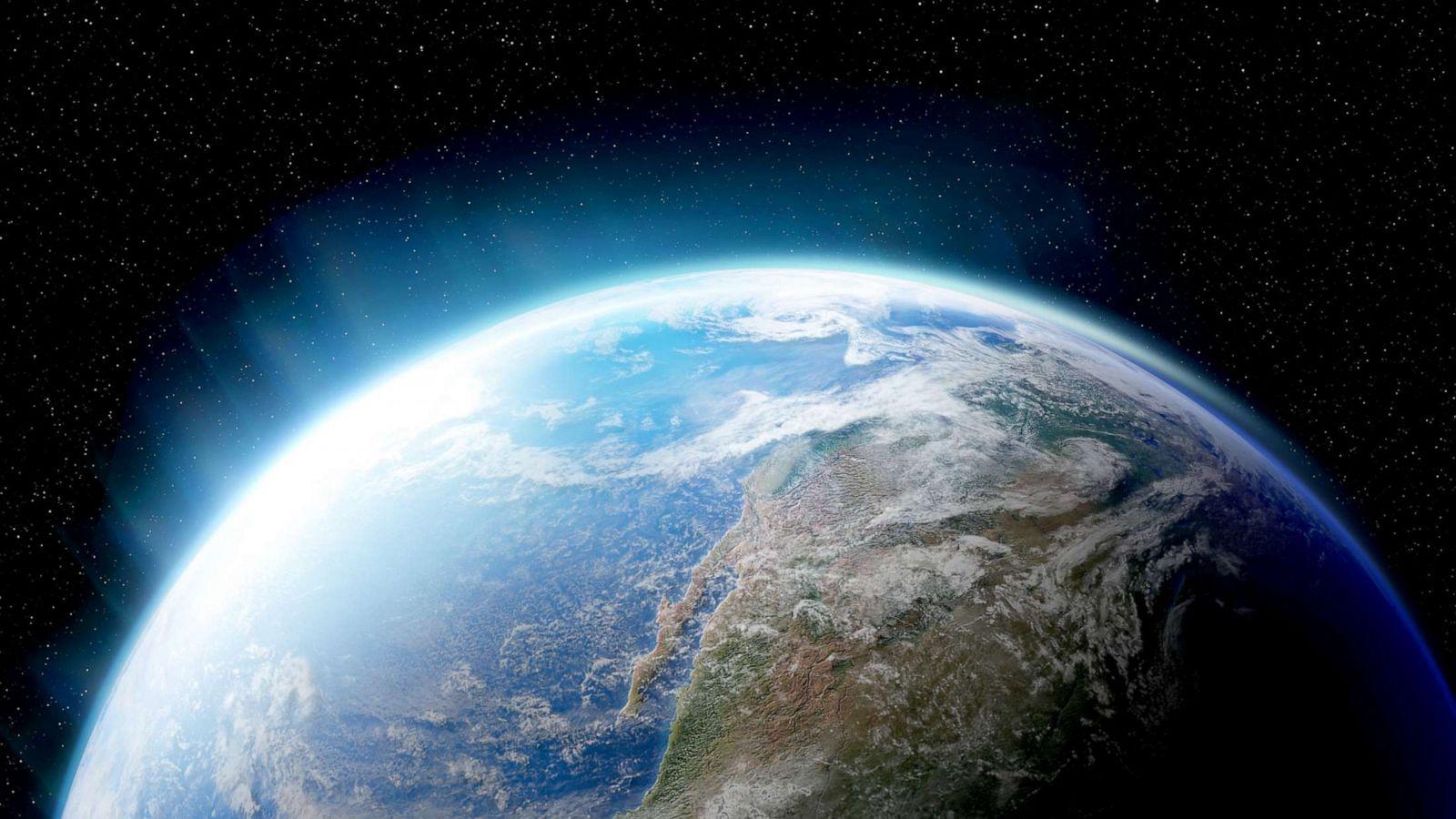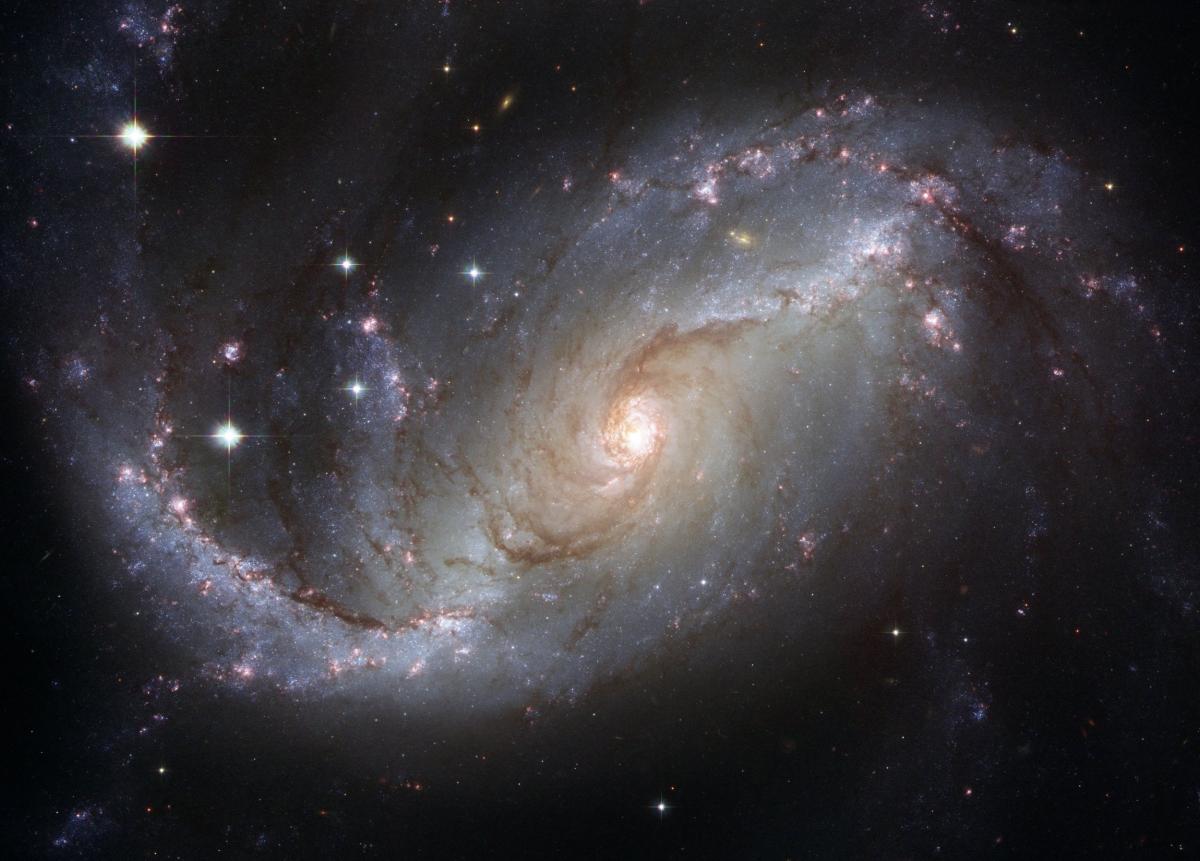
Earth and Moon Scaling Using PIXLR (Lesson 1 of 2)
by LaDawn Click
Students will use PIXLR to compare sizes of the moon and earth to each other and other objects in the solar system.
Lesson Plan Link/URL
https://docs.google.com/presentation/d/1NpMDtmDpEAOkor0U7CvPLWwWZv6peAaR/edit?u…Subject Area
Science Earth and Space Science E2: Earth & the Universe Mathematics Operations and Algebraic Thinking (OA) Number and Operations—Fractions (NF) Ratio and Proportion (RP)
Featured
Off
Related Content

Grades:
3rd Grade, 4th Grade
Students will create a solar system scroll using fractions so that they are able to represent fractions on a number line using a real-life application, while also learning about the scale of the solar

Grades:
5th Grade
Students will be able to identify the planets in our solar system, describe the difference between rotation and revolution, and engineer a three dimensional model of our solar system.

Grades:
5th Grade, 6th Grade
A glider is a great physical science/STEM challenge for fifth/sixth grade students. This project allows students to use scissors and utility knives to build and modify a glider that will travel as far